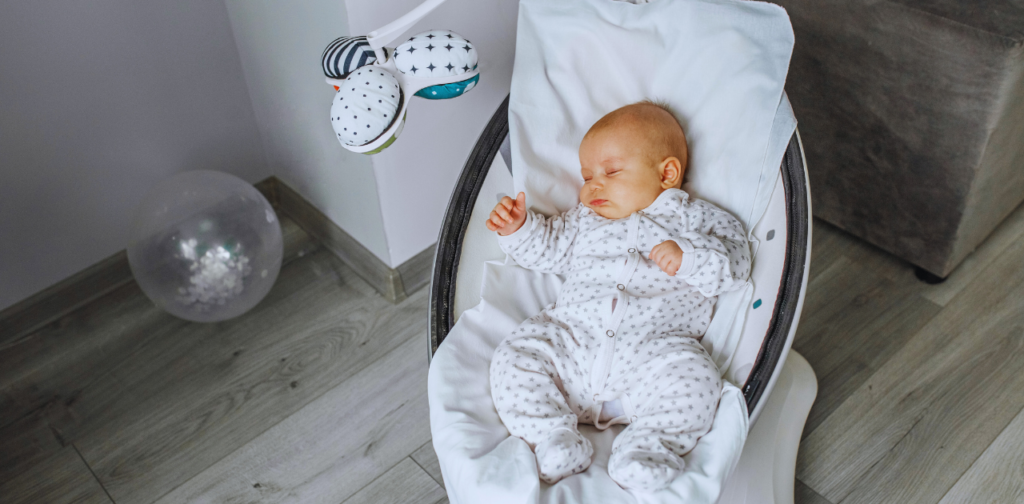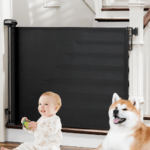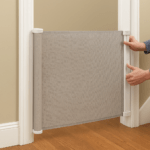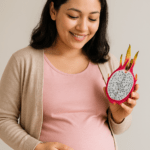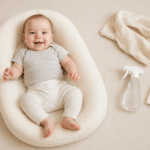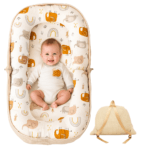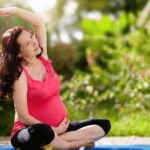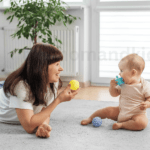Baby floor seats are popular among parents looking for ways to support their little ones as they learn to sit upright. Designed to provide stability and hands-free convenience, these seats can be helpful for feeding, playtime, and bonding moments. However, as with any baby product, safety is a crucial concern. Some parents may wonder if these seats are truly safe or if they pose potential risks to their baby’s development and well-being. Reports of injuries and product recalls have raised questions about their safety, making it essential for parents to stay informed.
This article explores the benefits and risks associated with baby floor seats, offering expert recommendations and practical safety tips. By understanding the best practices and potential hazards, parents can make informed decisions about whether or not to use a baby floor seat and how to do so safely.
What Are Baby Floor Seats?

Baby floor seats are designed to support infants who cannot sit up independently. These seats typically have a molded structure that helps position babies in an upright sitting posture, offering stability and comfort. They are intended for use with infants with head and neck control still developing their ability to sit without support. The primary goal of baby floor seats is to give parents a hands-free option for keeping their baby secure and engaged during activities like feeding, playtime, or while they attend to other tasks.
At what age can I use a baby floor seat?
Baby floor seats are generally recommended when an infant has developed enough head and neck control, typically around 3 to 5 months. It’s essential to ensure that the baby can hold their head up steadily before placing them in a floor seat, as this indicates they have sufficient muscle strength for the support provided. Always check the manufacturer’s age and weight guidelines to confirm when it is safe to use the specific model you have.
Popular brands
Popular brands include the Bumbo Floor Seat, Fisher-Price Sit-Me-Up, and Summer Infant 3-Stage SuperSeat, each offering different features such as toy attachments, snack trays, or reclining options. These seats are usually lightweight, portable, and easy to clean, making them a convenient choice for busy parents. However, it’s essential to follow safety guidelines when using them.
Are Baby Floor Seats Safe?

Baby floor seats can be a convenient tool for parents, supporting infants learning to sit up. However, safety is a significant concern when using these products. While they offer stability and can help babies practice sitting, improper use can lead to risks.
Use baby floor seats only on flat, stable surfaces, as placing them on elevated areas increases the risk of falls. Supervision is crucial; never leave a baby unattended in a floor seat. Additionally, follow the manufacturer’s age and weight recommendations to ensure proper support. Prolonged use can restrict a baby’s natural movement, potentially hindering their motor skill development.
Look for seats with secure harness systems and sturdy construction to enhance safety. Parents should regularly inspect the seat for wear and tear, ensuring it remains in good condition. Ultimately, baby floor seats can be safe when used correctly and for short periods, but they should not replace activities encouraging movement, like tummy time or supervised play. Always prioritize your baby’s comfort and development by balancing the use of these seats with other safe options.
Benefits of Baby Floor Seats:
- Hands-Free Convenience: Baby floor seats allow parents to have hands-free time while keeping their baby upright and secure. This is especially helpful during meal preparation, household chores, or other activities.
- Supports Upright Sitting: These seats help babies practice sitting upright, which can help strengthen their neck, back, and core muscles as they develop their sitting skills. They can also give babies a new perspective and engage them visually.
- Useful for Feeding: Baby floor seats are often used during early feeding stages, making it easier for parents to introduce solids while keeping the baby upright. Some models come with snack trays for added convenience.
- Portable and Easy to Use: Baby floor seats are lightweight and portable, so they can be easily moved around the home or taken on outings, providing a familiar and comfortable spot for babies wherever they go.
- Entertainment Options: Many floor seats come with attachments like toy bars or activity trays, helping to keep babies entertained and engaged while seated. This can promote sensory development and hand-eye coordination.
Risks Associated with Baby Floor Seats:
- Restricted Movement: Baby floor seats can limit a baby’s ability to move freely, which is essential for developing motor skills. Prolonged use may prevent babies from practicing rolling, crawling, or other vital movements.
- Risk of Falls: If baby floor seats are placed on elevated surfaces, such as tables or countertops, there is a significant risk of the seat tipping over, leading to falls and injuries. It’s crucial to permanently use these seats on the floor.
- Lack of Proper Support: Some babies may not have enough head, neck, or trunk control to sit comfortably in floor seats, leading to improper posture or discomfort. This can strain their developing muscles.
- Potential for Injuries: There have been reports of injuries when baby floor seats were misused or when infants were left unattended. Falls or tip-overs can cause head injuries or other harm.
- Product Recalls: Some baby floor seat models have been recalled due to safety issues, such as faulty harnesses or structural instability. This highlights the need for parents to stay informed about product safety updates.
Safety Guidelines for Using Baby Floor Seats:
- Always Place on the Floor: Baby floor seats should only be used on flat, stable surfaces. Never place the seat on elevated surfaces like tables, countertops, or couches to prevent the risk of falls.
- Supervise at All Times: Never leave a baby unattended in a floor seat. Supervision is essential to ensure the baby’s safety and respond quickly if they show discomfort or attempt to move.
- Check Age and Weight Limits: Follow the manufacturer’s age and weight recommendations for the seat. Only use the seat when the baby has enough head and neck control, typically around 3 to 5 months old, depending on the model.
- Limit Usage Time: Avoid prolonged use of baby floor seats, which can restrict the baby’s movement and motor skill development. Short periods, such as during feeding or playtime, are ideal.
- Inspect for Damage: Regularly check the seat for any signs of wear, damage, or loose parts. Ensure all harnesses and straps are secure before placing the baby in the seat.
- Follow Manufacturer Instructions: Always adhere to the specific guidelines the manufacturer provides for safe use and maintenance.
Alternative Options for Supporting a Baby’s Development Safely:
- Tummy time is a crucial activity for babies. It helps them strengthen their neck, shoulder, and back muscles. It also encourages them to lift their heads and push up, promoting motor skill development and coordination.
- Activity Gyms and Play Mats: Placing babies on a soft play mat with toys within reach encourages them to reach, grasp, and explore. This stimulates sensory development and helps them practice rolling and crawling.
- Baby Bouncers and Swings: Baby bouncers or swings provide a safe, slightly reclined position for supervised playtime. These options allow for movement while offering support and comfort, which can be soothing for some infants.
- Sit-Up Pillows: For babies learning to sit, supportive pillows or cushions designed for propping them up can help. These options offer support without restricting movement, allowing babies to practice their balance.
- Parent Interaction: Holding babies in different positions, such as on your lap or chest, provides essential support while allowing them to engage and interact. Engaging in floor play together also promotes bonding and motor skill development.
FAQ: Baby Floor Seats
At what age can I use a baby floor seat?
Baby floor seats are typically recommended for infants with head and neck control, usually around 3 to 5 months old. Always check the manufacturer’s guidelines for age and weight recommendations.
How long can my baby stay in a floor seat?
Limit usage to short periods, such as during feeding or playtime, to prevent restricting your baby’s movement and allow for the natural development of motor skills.
Is it safe to place the floor seat on elevated surfaces?
No, baby floor seats should always be placed on the floor. Elevated surfaces increase the risk of the seat tipping over and causing injury.
Are there any safety features to look for?
Look for seats with a secure harness system, non-slip bases, and sturdy construction. Check for product recalls to ensure the seat is safe to use.
What are some alternatives to baby floor seats?
Alternatives include tummy time, activity gyms, sit-up pillows, and baby bouncers, all promoting motor skills while allowing movement.
Conclusion
In conclusion, baby floor seats can be a helpful tool for supporting infants as they learn to sit up, offering convenience for parents during feeding and playtime. However, safety must be a priority. It is crucial to use these seats correctly, placing them on flat surfaces and ensuring constant supervision. Following age and weight guidelines, limiting usage time, and regularly checking for wear can help mitigate risks. While they provide certain benefits, balancing their use with activities that promote movement, like tummy time and interactive play, to foster healthy development is essential.
